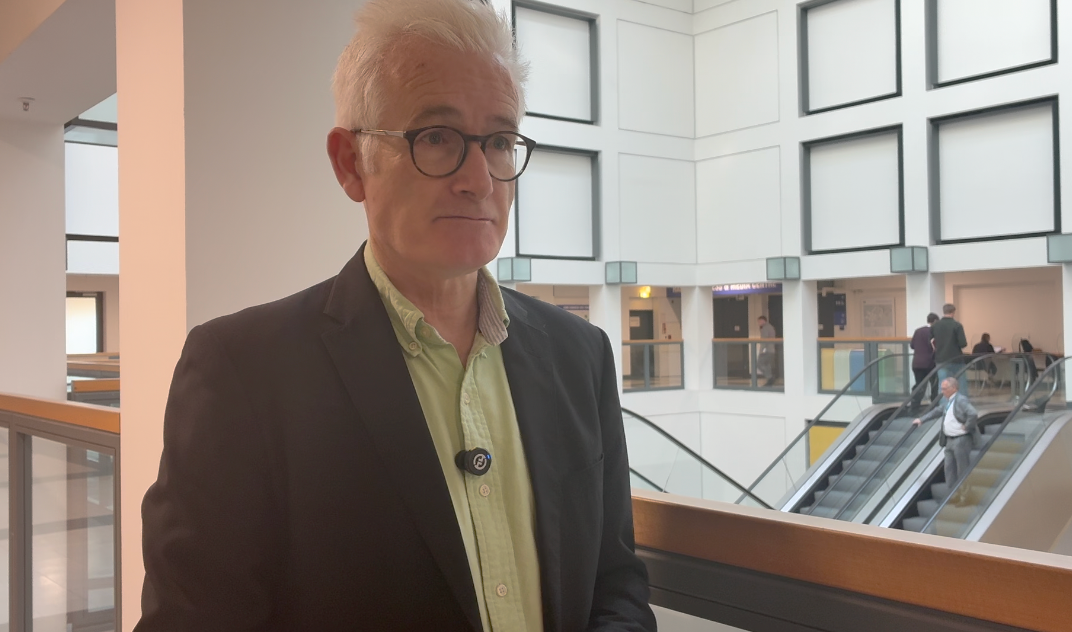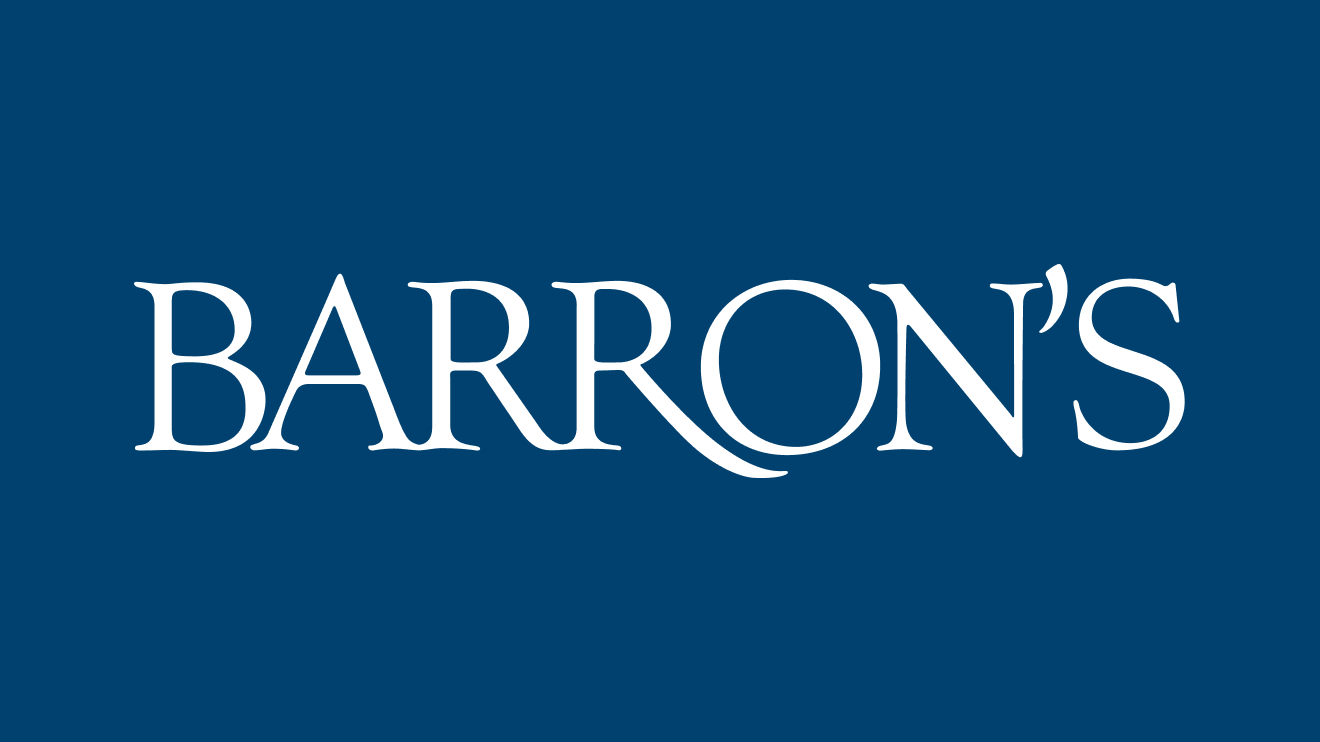Dark matter returns as leading explanation for galactic gamma ray glow
by Erica Marchand
Paris, France (SPX) Oct 21, 2025
A new study has reignited the long-running debate over what causes the mysterious gamma-ray glow emanating…

Dark matter returns as leading explanation for galactic gamma ray glow
by Erica Marchand
Paris, France (SPX) Oct 21, 2025
A new study has reignited the long-running debate over what causes the mysterious gamma-ray glow emanating…

Jahmyr Gibbs was offered oxygen on the bench after a 78-yard run.
He turned it down.
Clearly, he was not out of breath.
Gibbs scored on a long sprint in the second quarter, a five-yard spinning plunge in the third and accounted for a career-high 218…

Q: Could you summarize the key efficacy findings from the OrigAMI-4 trial, particularly response rates, duration of response, and progression-free survival, in this heavily pretreated population with head and neck squamous cell carcinoma?
Kevin Harrington, MD, PhD, FRCP, FRCR, FRSB: We presented data from the OrigAMI-4 phase 1b/2 study in patients with recurrent or metastatic head and neck cancer who had received prior treatment with an immune checkpoint blocker and a platinum-based chemotherapy.
We reported data on two populations: the safety population of 86 patients who received at least 1 dose of the drug and the efficacy population of 38 patients who had at least 2 tumor assessments or had stopped treatment for any reason. The efficacy data relate only to that smaller subset of patients.
In that group, we observed an overall response rate of 45%, with a further 45% showing disease stabilization. When we looked at the lesions themselves, 82% showed evidence of shrinkage—clear evidence of the drug’s efficacy. In the efficacy-evaluable population, the median duration of response was over seven months, median progression-free survival was 6.8 months, and median overall survival was not yet reached. These findings show that single-agent subcutaneous amivantamab, delivered on a 3-week schedule, is very efficacious in this disease.
Q: Given that these patients had progressed on both checkpoint inhibition and platinum-based chemotherapy, how clinically meaningful are the responses seen with amivantamab in this setting?
Harrington: This group of patients is very difficult to achieve responses in. Previously, single-agent chemotherapy or investigator’s choice therapies—such as cetuximab, another EGFR-targeted drug—typically achieve response rates in the single digits or low teens, usually between 5% and 15%.
To see a response rate as high as 45% in this group of patients is, we believe, clinically meaningful and hopefully leads to patient benefit.

The mysterious object was on fire and lying in the middle of a remote dirt road in Western Australia’s Pilbara region when mine workers stumbled upon it.
Shortly after the enigmatic item was found on October 18, Western Australia police

A new benchtop analyzer from Siemens Healthineers is making quality drug testing easier to perform, to help prevent inaccurate results no matter where, or by whom, testing is conducted. The helps identify substance use, monitor…

|
In 1984, a workshop at The Case for Mars II conference produced a proposal for a human mission to Mars that would use Mars resources and lead to a permanent presence on the red planet. Artist Carter Emmart illustrated the various phases… |

Women’s leagues will feature in the new Football Manager video game released next month, a first in the decades-long history of the popular series that simulates team tactics and transfer drama.
The Barron’s news department was not involved in the…
This request seems a bit unusual, so we need to confirm that you’re human. Please press and hold the button until it turns completely green. Thank you for your cooperation!